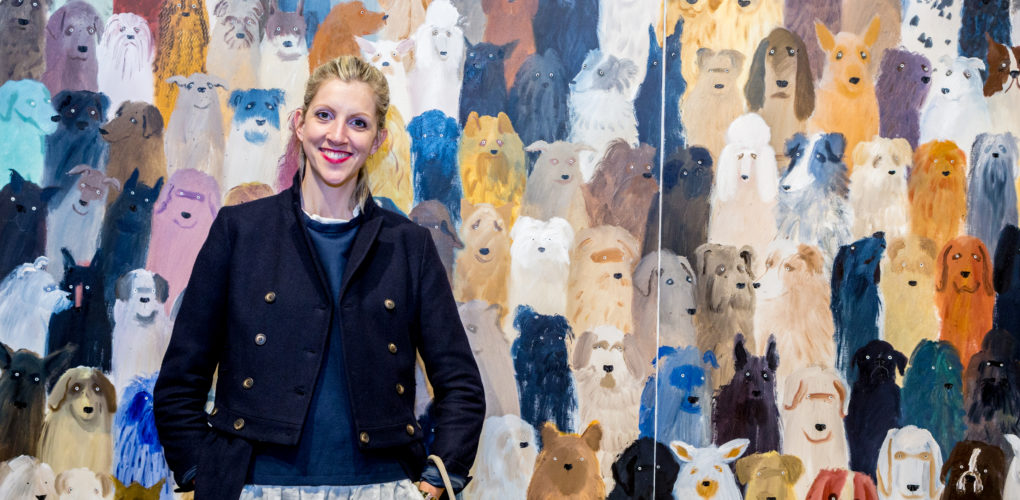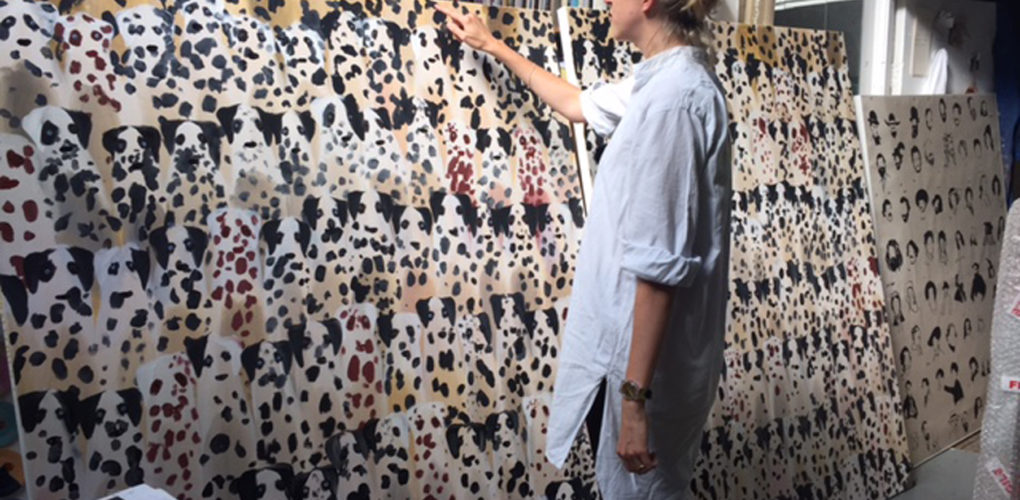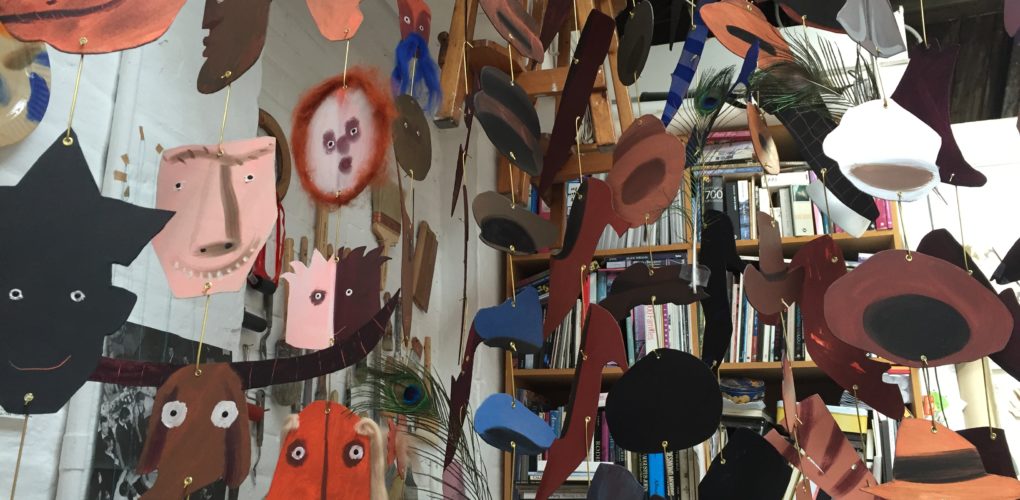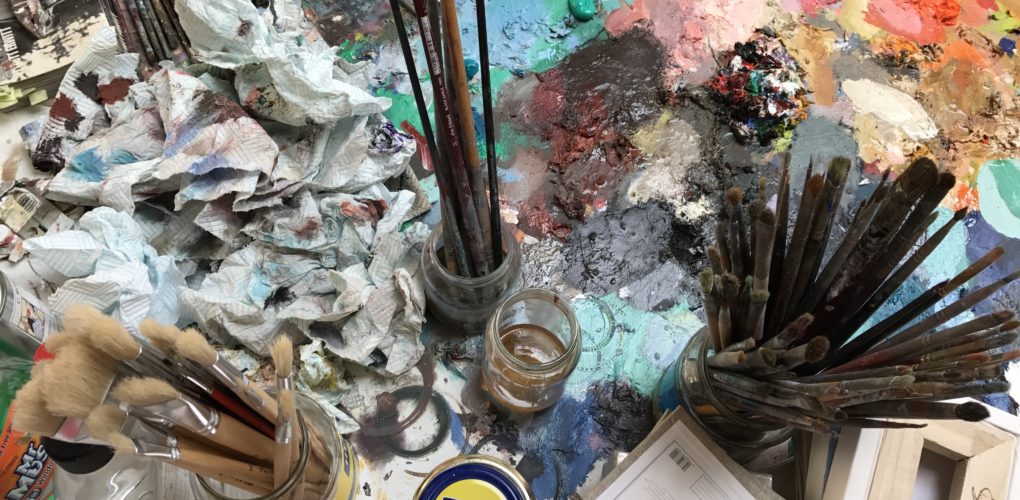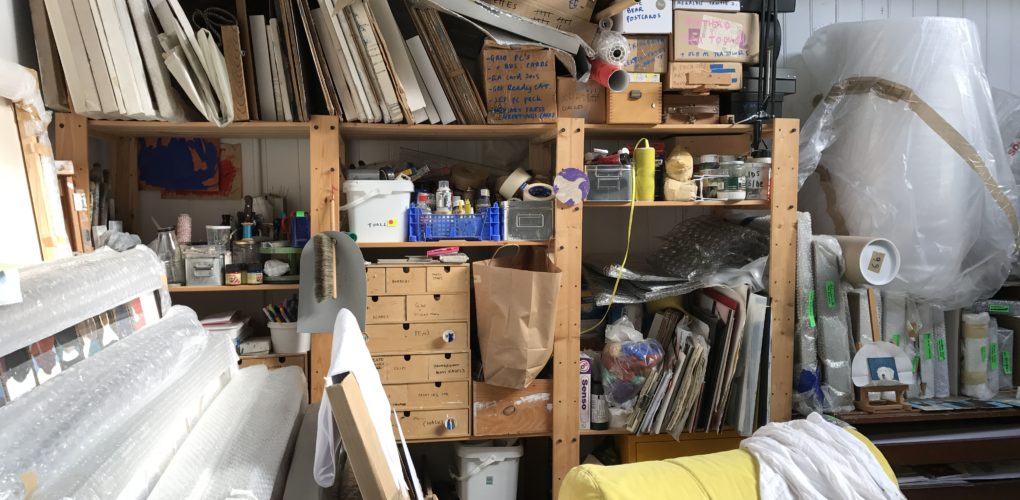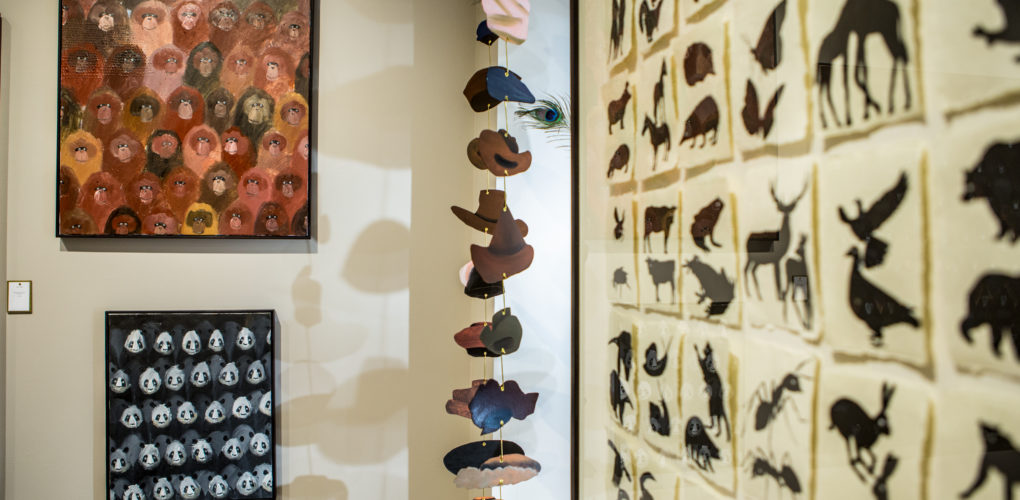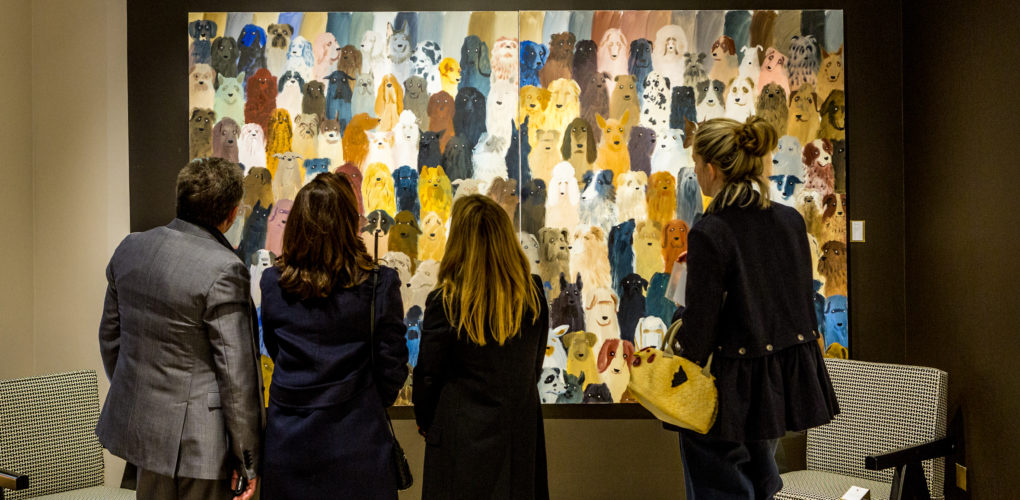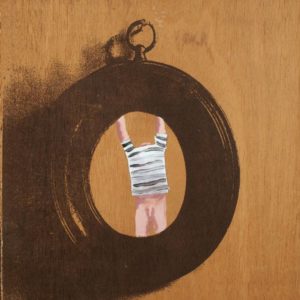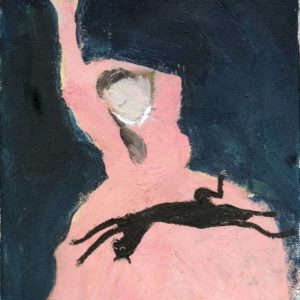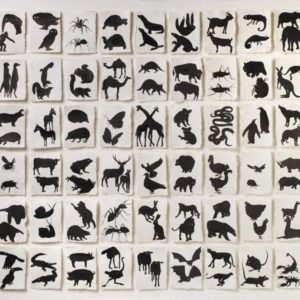One to Watch
 Holly Frean adds a whimsical twist to the everyday
Holly Frean adds a whimsical twist to the everyday
An underlying sense of humor is at the core of Holly Frean’s practice. Famous paintings, Dutch and Spanish Old Masters, and even rare chicken breeds are given a whimsical touch as a starting point for her paintings. In her early practice, Holly filled sketchbooks with various iterations of these subjects. She now prefers to work with oil paint directly on the canvas, as it allows her to work out a painting’s formal, thematic, and color-related qualities in an imperfect and spontaneous way.
Holly studied at the Camberwell College of Art prior to training as an architect and draughtsman at Oxford Brookes University. She later studied at the Fine Art at City & Guilds London Art School. She has won numerous accolades including the 2012 National Open Art Competition Painting Prize (awarded by Grayson Perry) and regularly shows at the Royal Academy Summer Exhibition and the ING Discerning Eye at Mall Galleries in London. Her works were featured in FreshPaint Magazine and have been exhibited across the UK and the US.
What are the major themes you pursue in your work?
The themes that run through my work vary hugely in nature: the imagined lives of Dutch and Spanish old masters, British stand up comedians, the royal family tree, rare chicken breeds – these are all starting points. None of these is intrinsically funny, yet every painting I make is shot through with an underlying humor. Color is another major consideration throughout the painting process – perhaps that’s an obvious concern for a painter but every painting must adhere to certain rules and regulations that I set up for myself before starting work.
How did you first get interested in your medium, and what draws you to it specifically?
The moment I squeezed out a tube of Winsor & Newton blue-black at a life-painting course at the Slade many moons ago, I knew that oil paint would be my métier. It took a while to convert from acrylic paint and watercolors but I’ve never looked back. Something to do with the smell, the feel and the intense color – it’s a good feeling to be able to control the color exactly and predict correctly how certain brushes behave. I also like making things (objects) while I’m working on a painting but the addictive feeling of surprise and satisfaction I get mostly from painting on boards and canvas.
How has your style and practice changed over the years?
My practice has had to adjust to family life – or should that be the other way round?! I’ve moved through the (broad) themes of crowds, people watching in art galleries, painting famous paintings and painting old masters at work. I also make a lot of portraits of dogs and chickens.
Can you walk us through your process? Do you begin with a sketch, or do you just jump in? How long do you spend on one work? How do you know when it is finished?
This is a tricky one, as I am not married to any particular format. If I’m working on a single large canvas I start at the top left and work from left to right, top to bottom, like reading a page in a book. If I am making a grid picture, an assemblage of multiple small square paintings, I make as many paintings as I can within a timeframe and select the best ones and weed out the others and spend a long time arranging them till a light bulb goes off in my head. I don’t use sketchbooks anymore, as I prefer to work things out on the canvas directly. I like to look at imperfect paintings where you can clearly see an artist working out the answer to a painting problem, whether that’s formal, thematic, color-related. I take and use a lot of photos of my subjects. I buy a lot of books which I’m ashamed to say are often roughed up and torn and painted in. I treat books like sketchbooks and they are well loved!
Who are some of your favorite artists, and why?
Impossible to whittle my list of favorites down to a handful as there are hundreds of visual artists who feed my soul! I met Rose Wylie last year and she has an arrestingly disheveled star-like quality – she is a unique thinker and completely lost in paint. Looking at her work is like peering inside her brain and she’s not shy about letting you in. Jockum Nordstrom is a gem of a draftsman and uniquely suspended in his own mysterious world of strange goings on. I like everything Louise Bourgeois ever made. David Shrigley is a genius and all round good bloke and hits the nail on the head every time – I guess I like art that doesn’t take itself too seriously. I will never see enough Matisses and Picassos.
What was the best advice given to you as an artist?
My tutor once told me to “play with intent.” I understood that to mean be playful and experimental as you work but have purpose. I have found that the best ideas and results come from working unselfconsciously, almost recklessly, followed by a period of self-assessment, followed by more playing! I prefer to gaze at something with a quality of truth-seeking unselfconsciousness, as opposed to slavishly labored over exactness. How good a painting is doesn’t correlate with the number of hours spent on it in my book, although you do need to work hard in the interim to know what you’re doing.
